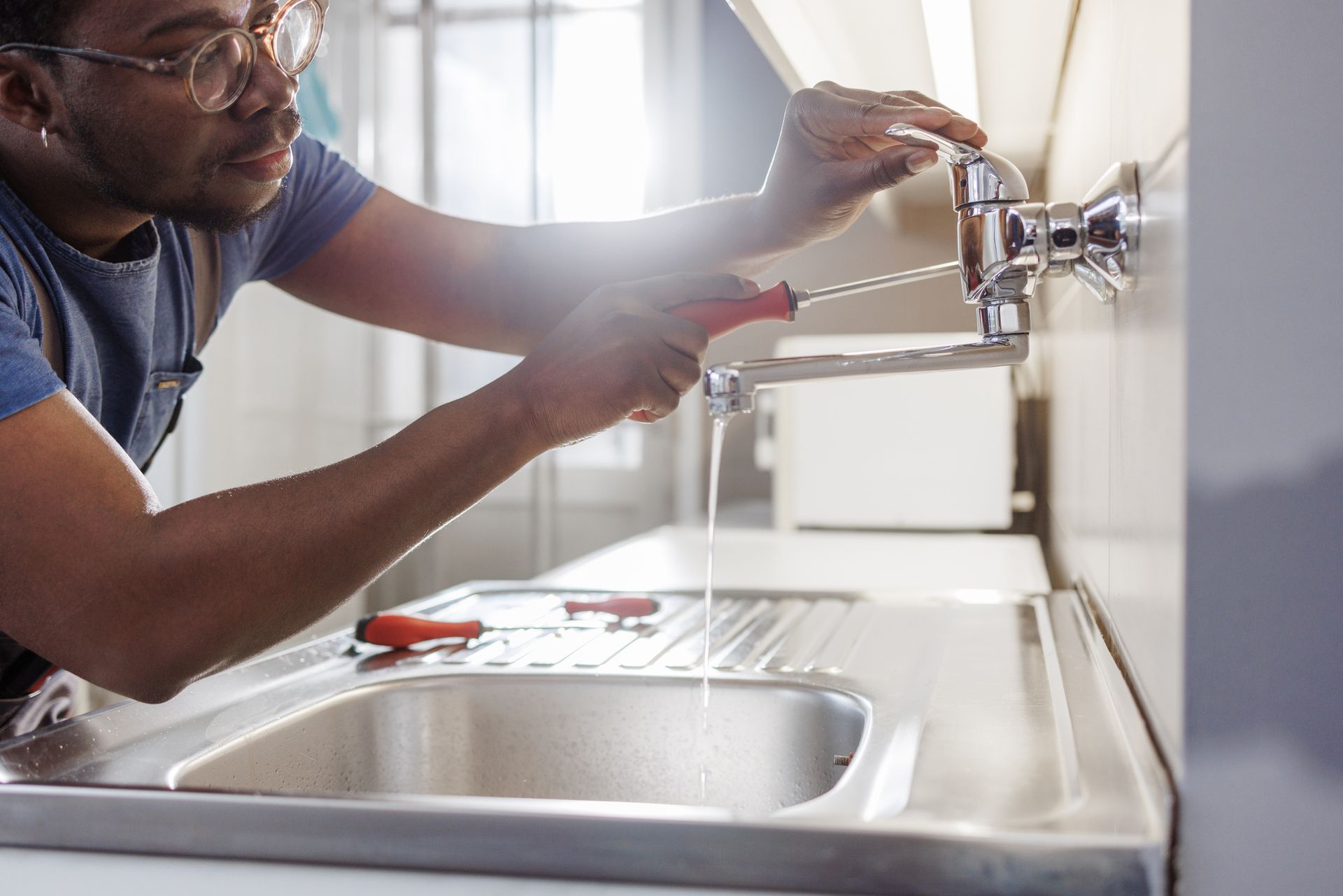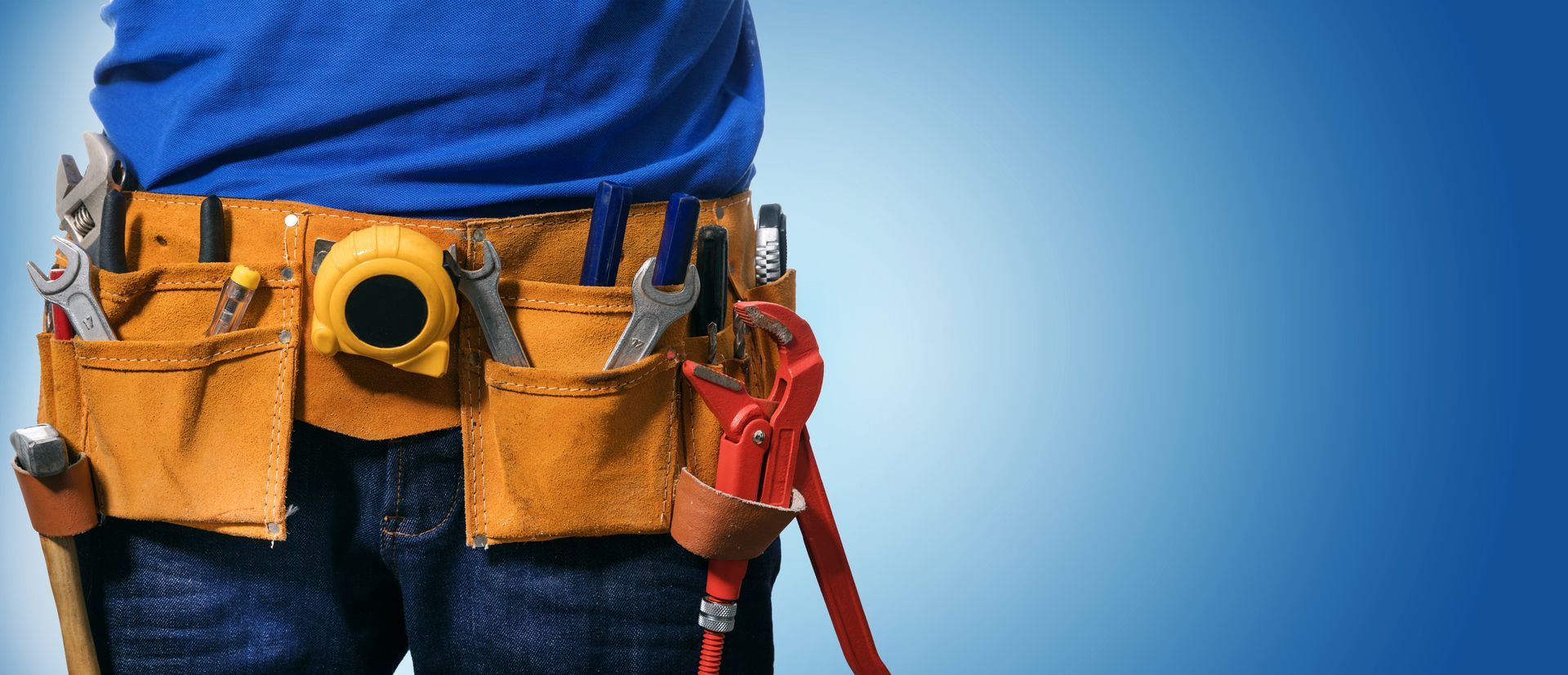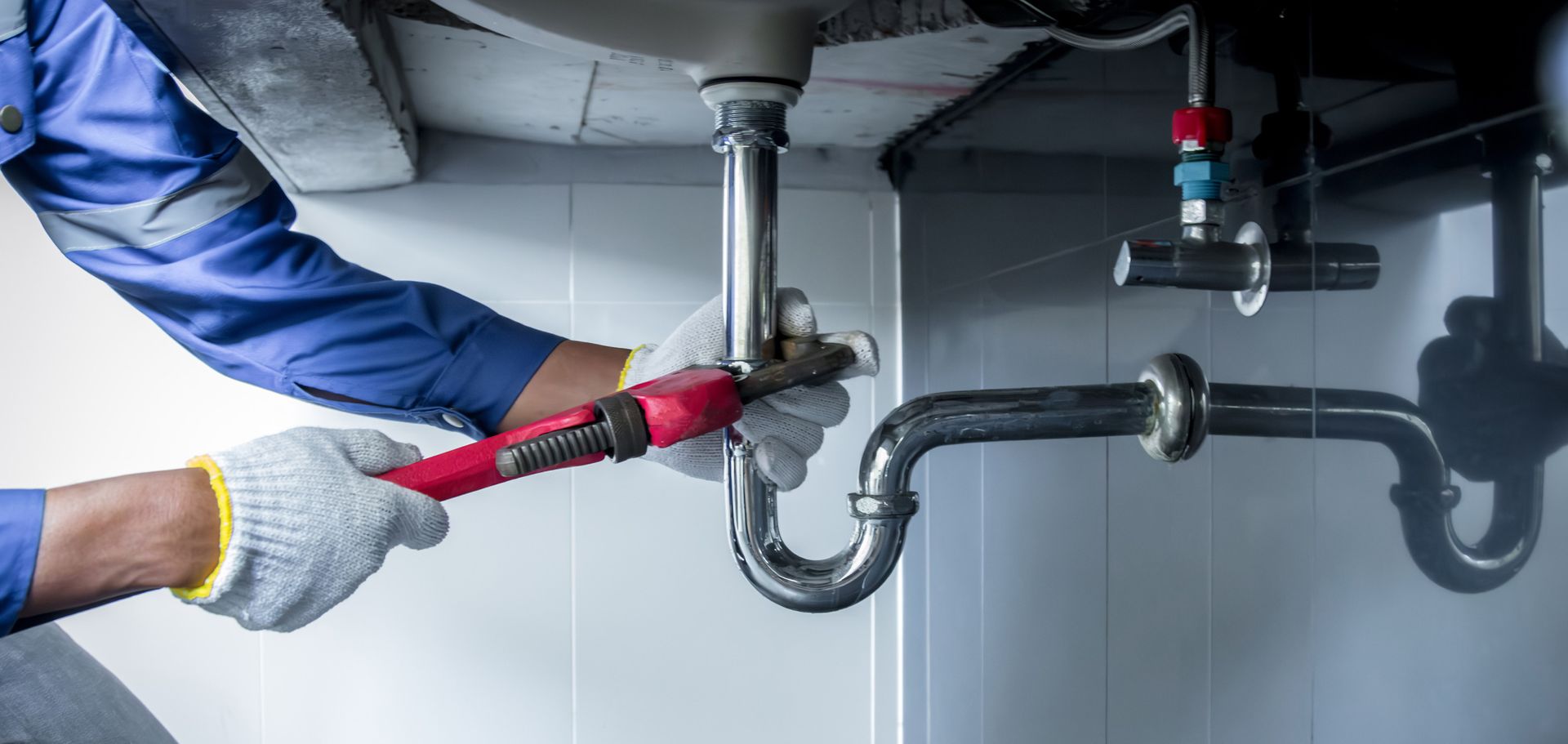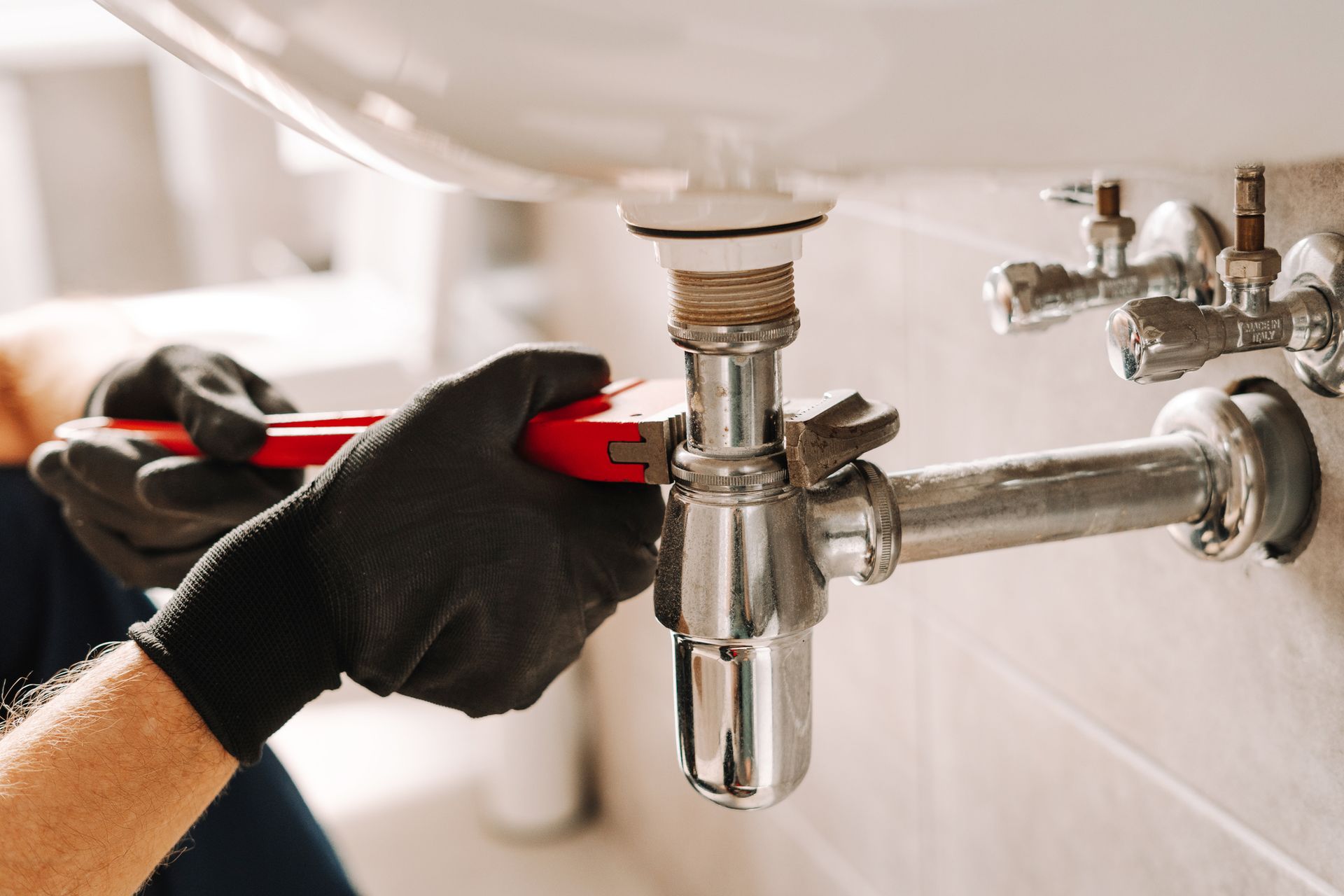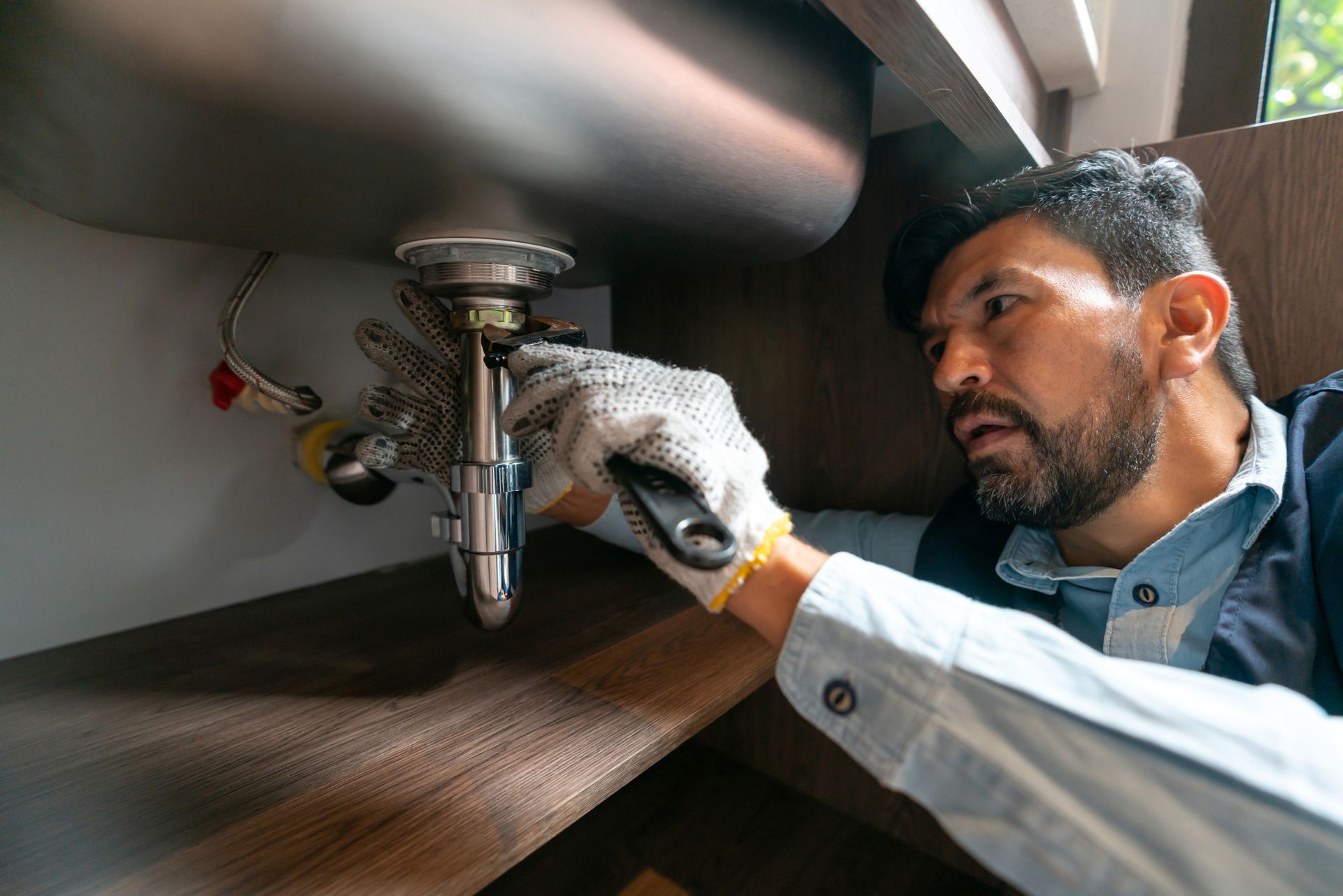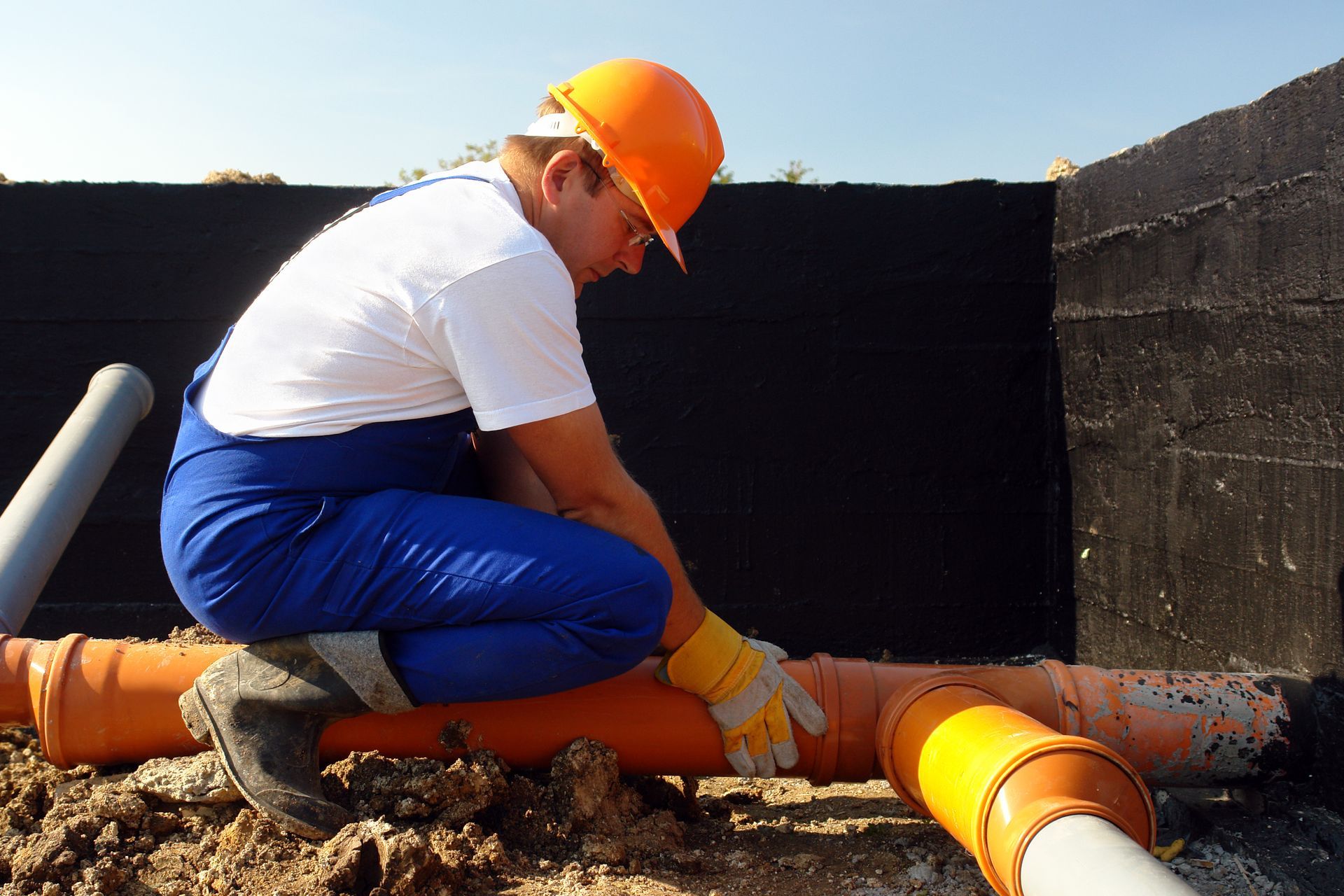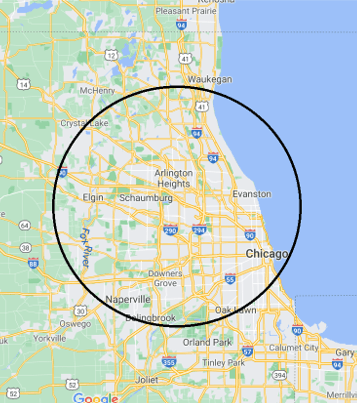Signs that Your Home May Need Repiping
Repiping involves removing and replacing hot and cold water pipes in your home. You can replace old pipes only or change all of the pipes in the house. Since repiping can be costly and inconvenient, do it only when necessary. Read on to learn when you should repipe your home.
Water Leaks
The exposed pipes in the utility room or basement may start to leak. While condensation can happen on hot water pipes, leaks indicate trouble. You may also identify leaks on slab foundations, ceilings, and walls. Frequent leaks may prove that pipes or connectors are worn out and weak. To learn more, contact a professional plumber.
Poor Water Pressure
Overly high water pressure exerts excessive pressure on the fixtures and pipes, leading to pipe damage and leaks. The high pressure can also reduce the durability of appliances that use water.
Similarly, water pressure that is too low fails to provide sufficient water to perform household tasks. Low water pressure often happens if your pipes carry hard water. Sediments in the hard water will accumulate or corrode the pipe's interior. Hence, the water pressure will gradually diminish.
Noisy Pipes
When you turn on the water, you may hear shrieking, squealing, or banging noises. These noises are difficult to ignore and indicate a major issue with the pipes. Normally, the issue is sediment accumulation within the pipes that restricts water flow. As the issues with the pipes become more serious, the strange noises can get louder.
Smelly or Discolored Water
When the water becomes smelly or tastes different, the plumbing may have problems. The odd smell and taste are usually caused by worn-out pipes that seep into the water. Another possible cause is cross-contamination due to leakage between supply lines.
The water coming from the kitchen or bathroom faucets may also become red, yellow, brown, or sediment-filled. Smelly and discolored water is an indication of deteriorating pipes. If you don't replace the pipes, you may end up compromising your health and that of your family.
Frequent Clogs
Old pipes are prone to frequent clogs due to deterioration. If your pipes are approaching the end of their lifespan, the piping will experience recurrent clogs. The clogs will happen even if you are careful about what you put in your drain. Also, aging pipes are not strong enough to handle some types of toilet paper.
Water Temperature Fluctuation
Water temperature fluctuations don't necessarily indicate piping problems, but sometimes they do. Sometimes, the problem may have started with the water heater. But if a plumber checks the water heater and finds no problem, the next possible culprit is a jammed-up pipe. The jammed pipe may have interfered with the functioning of the valve controlling water temperature.
Dampening on Both Sides of the Kitchen or Bathroom
Some of your piping systems pass through the kitchen and bathroom walls. When the piping begins to age, corrode, or is worn out, wet patches will be on either side of the walls. You might even notice the growth of fungus in your home. The result is a smelly house that is not conducive to your health.
Before you replace the pipes, ensure that the weather and moisture do not cause dampening. Ask your plumber to inspect the walls and determine the actual cause of the dampening. But if your piping is old, early replacement is key to prevent further damages that may be costly.
Get Plumbing Services
As the temperatures keep falling, your home's plumbing becomes more crucial than ever. Functional pipes are essential to maintain a constant supply of hot and warm water to your home. If you think your pipes need replacement, reach out to J & S Plumbing Inc. We are a plumbing service that has been in operation for more than 30 years. Contact us to get started.

